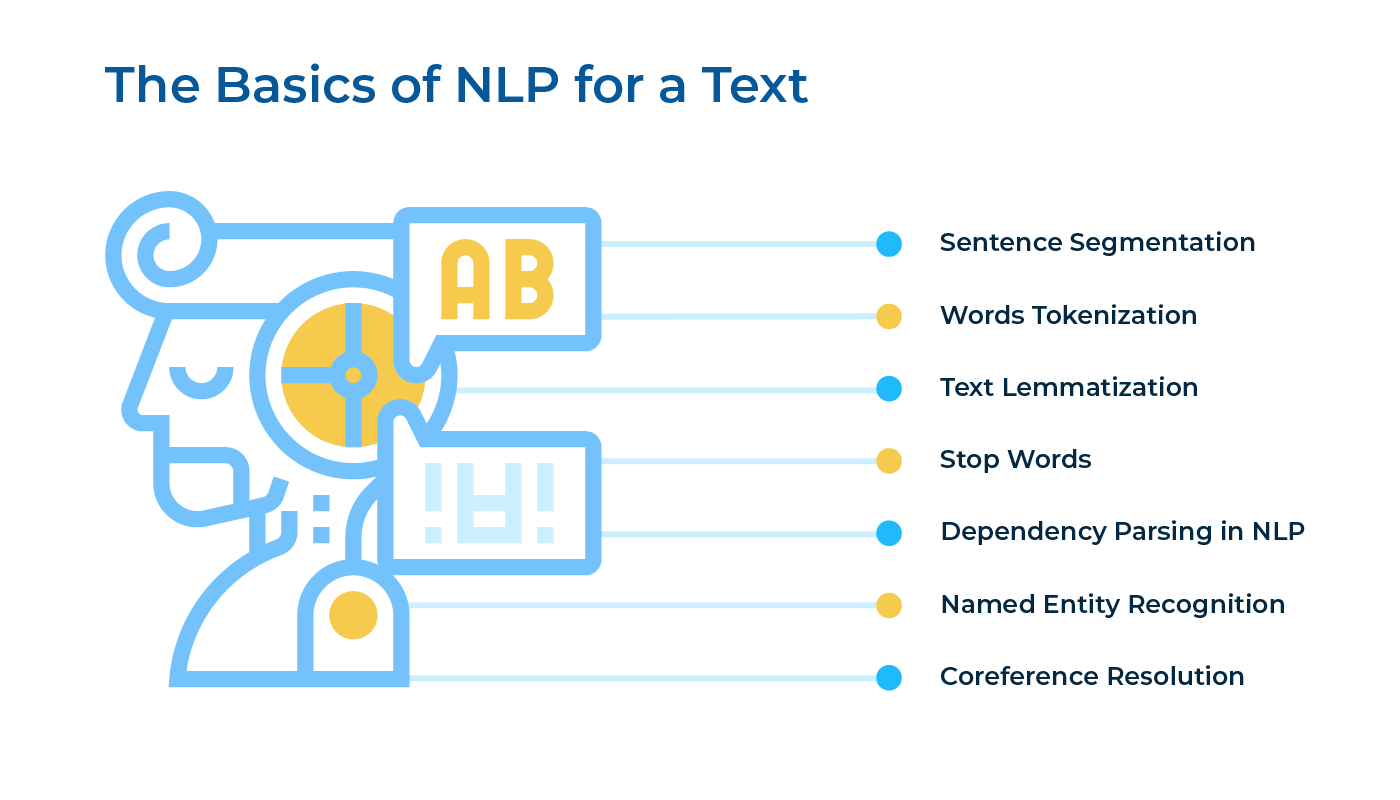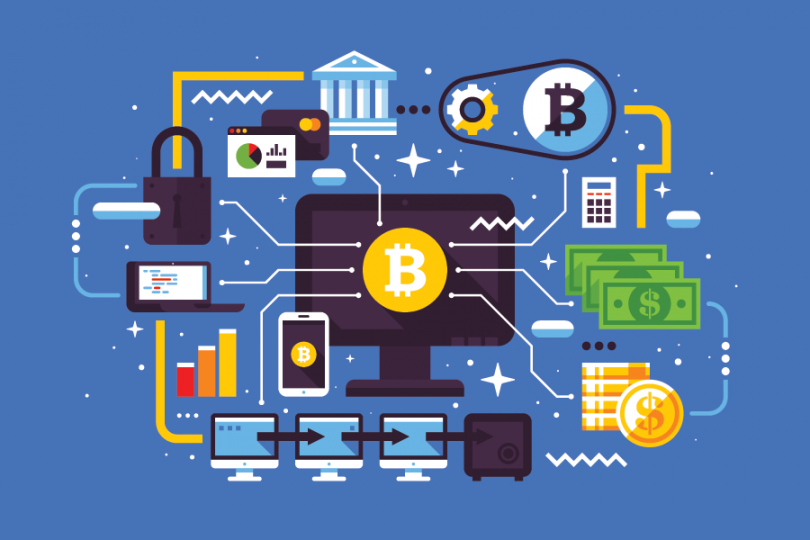This article was published as a part of the Data Science Blogathon.
In this article, we shall discuss the upcoming innovations in the field of artificial intelligence, big data, machine learning and overall, Data Science Trends in 2022. Times change, technology improves and our lives get better. Deep learning, natural language processing, and computer vision are examples of technologies that have emerged as a result of the rise of Data Science as a field of research and practical application throughout the previous century. In general, it has aided the development of machine learning (ML) as a means of achieving artificial intelligence (AI), a field of technology that is fast changing the way we work and live.
We’ve seen how organisations have evolved through time, embracing cutting-edge technology to promote efficiency and return on investment. The terms data analytics, big data, artificial intelligence and data science are all hot right now. Businesses desire to use data-driven models to simplify their operations and make better decisions based on data analytics. Let’s take a look at top 10 AI and Data Science Trends in 2022.

( Image: https://www.pexels.com/photo/computer-with-code-4218883/)
In the coming days, more sectors will begin to use AI to fulfil changing customer expectations and speed digital transformation. When AI is combined with connected commercial vehicles, in-car sensors, and contemporary health monitors, even more, actionable data is generated, resulting in a safer world. Theoretical and practical applications of ideas, such as Big Data, predictive analytics, and artificial intelligence, are all part of data science.
Let us have a look at the top 10 Artificial Intelligence and Data Science trends in 2022.
1. Cloud-Based AI and Data Solutions
There will be an increasing shift towards Cloud-based solutions. Data is already being produced in large quantities. Collecting, labelling, cleaning, arranging, formatting, and analysing this massive volume of data in one location is the issue. A cloud-based platform will be the solution. The next several years will be key in the Data Science and Machine Learning industry’s war for minds, arms, and budgets amongst Cloud Computing behemoths. Although AWS’s position appears to be better than that of its competitors, GCP’s difficulties might be an intriguing element of the market reshaping in the years ahead. At the same time, Microsoft Azure appears to be maintaining its dominant position in North America.
The rising cost of adopting AI, as well as developments in technology for workflow optimization, will provide enough prospects for the cloud-based AI industry in the coming years. Furthermore, the growing use of cloud-based solutions in various end-user sectors, as well as the growing need for cognitive computing, will drive market expansion.
Relevant News: Report by Market Research Future (MRFR)

(Image: https://medium.com/globallogic-cloud-and-devops-blogs/clouds-compared-aws-vs-azure-vs-gcp-c59519b9d5e4)
2. Improved Low Code and No-Code Technology
As they begin to implement AI in the industry, companies are beginning to use out-of-the-box foundation models, substantially reducing time-to-value for AI solutions in areas such as language, vision, and more. AI will have a significant impact on citizen development. Everyone will be able to become a citizen developer, thanks to AI improvements in low-code technologies. Citizen coders will be able to describe the problem they’re seeking to address in simple English, and conversational AI will create code.
According to a TechRepublic poll, over half (47 per cent) of firms already utilise low-code and no-code in their operations. One-fifth of those who have not yet adopted the technology stated that they aim to do so within the next year. The rate of adoption will increase in the days to come.
Read more: A busy year ahead in low-code and no-code development.
3. More rules and regulations
In the following years, the regulatory elements of AI, such as trust and ethics, will become more prominent. Governments will continue to issue legislation, and AI will be subject to ever more rules and restrictions. Tesla’s self-driving cars face a lot of criticism. Companies have to build AI products according to these rules. The growth of AI governance raises worries about potential barriers to international collaboration.
Read more: The EU and U.S. are starting to align on AI regulation.
4. Focus on Actionable Data and Insights
The focus is on actionable data, which combines big data with business processes to assist you in making the best decisions possible. Investing in pricey data software will yield no returns until the data is evaluated and meaningful insights are extracted. These insights assist you in gaining a better knowledge of your company’s present situation, market trends, difficulties and opportunities, and so on. Actionable data allows you to make better decisions and do what’s best for your company. Insights from actionable data may help you boost the overall efficiency of your organisation by organising activities/jobs in the enterprise, optimising workflows, and allocating projects among teams.
According to research by the MIT Centre for Digital Business, organisations that use data-driven decision-making have 4 per cent higher productivity and 6 per cent more profit on average.

(Image: https://www.pexels.com/photo/colleagues-looking-at-survey-sheet-3183153/)
5. Augmented Data Analytics
Augmented analytics is a type of data analytics that automates the examination of large amounts of data by combining AI, machine learning, and natural language processing. What used to be handled by a data scientist is now being automated to offer real-time insights.
Enterprises spend less time processing data and extracting insights from it. The outcome is also more precise, resulting in better selections. AI, ML, and NLP enable specialists to examine data and provide in-depth reports and forecasts by aiding with data preparation, data processing, analytics, and visualisation. Through augmented analytics, data from both inside and outside the company may be merged.
With the rise of visual-based data discovery tools in recent years, AI and machine learning capabilities have been increasingly and directly implemented inside analytics and BI systems to aid business users rather than simply data specialists. This has brought data, analytics, and machine learning together when they were previously thought of and controlled separately. In the coming days, we will be seeing more and more instances of Augmented Analytics.
6. AutoML
The technique of applying machine learning (ML) models to real-world situations via automation is known as automated machine learning (AutoML). It automates the selection, construction, and parameterization of machine learning models in particular. Machine learning is more user-friendly when it is automated, and it frequently produces faster, more accurate results than hand-coded methods. Auto ML systems will let non-experts create and deploy models.
Read more: Why 2022 Will Be An AI-Powered Renaissance.
Google AutoML is a cloud-based automated machine learning platform developed by Google. Azure Automated Machine Learning is a cloud-based platform that is proprietary. The DATA lab of Texas A&M University created Auto Keras, an open-source software library.
One of AutoML’s biggest challenges is the temptation to think of it as a replacement for human expertise. AutoML, like other automation, is meant to complete monotonous jobs quickly and accurately, allowing workers to focus on more complicated or unique activities. Things like monitoring, analysis, and issue identification that AutoML automates are rote chores that can be completed faster if they are automated. A person should still be involved in the model’s assessment and supervision, but not in the machine learning process itself. AutoML should complement, not replace, the work of data scientists and employees. Auto ML will gain more popularity as it is easy to use and simple.

(Image: https://docs.microsoft.com/en-us/azure/machine-learning/tutorial-auto-train-models)
7. Edge Intelligence
In 2022, edge computing will become a common practice. Edge computing, also known as edge intelligence, refers to data processing and aggregation that takes place near the network. To include edge computing into business systems, industries want to use the internet of things (IoT) and data transformation services.
Edge computing, at its most basic level, puts processing and data storage closer to the devices that collect it, rather than depending on a central site that may be thousands of miles away. This is done to ensure that data, particularly real-time data, does not suffer from latency issues that might degrade the performance of an application. Furthermore, having the processing done locally saves money by lowering the quantity of data that needs to be processed at a centralised or cloud-based location.
Read here: Edge Intelligence Market Size 2022.
8. Improved Natural Language Processing
Natural Language Processing is frequently included in corporate operations for analysing data and identifying patterns and trends. In 2022, NLP is expected to be employed for the quick retrieval of data from data repositories. Natural Language Processing (NLP) will have access to high-quality data, resulting in high-quality insights.
Areas, where NLP will see more usage, is Sentiment Analysis, Twitter Analytics, understanding Customer Satisfaction and so on.

(Image: https://litslink.com/blog/a-complete-guide-to-natural-language-processing-nlp)
9. Automated Data Cleaning
Data alone will not suffice for sophisticated analytics in 2022. We’ve previously discussed how huge data is useless if it isn’t clean enough for analytics in prior paragraphs. It also refers to duplicate data with no structure or format, as well as inaccurate data, data redundancy, and duplicate data with no structure or format.
The data retrieval procedure is slowed as a result of this. This results in a direct loss of time and money for businesses. This loss might be in the millions on a huge scale. Many academics and businesses are seeking solutions to automate data cleansing and scrubbing in order to improve data analytics and acquire more reliable insights from big data. Data cleaning automation will rely heavily on artificial intelligence and machine learning.
10. Blockchain in Data Science
The use of decentralised ledgers simplifies the management of large amounts of data.
Data scientists can conduct analytics straight from their personal devices thanks to the blockchain’s decentralised nature. Due to the fact that blockchain already monitors the provenance of data, it becomes easier to verify the data.
To prepare information for data analytics, data scientists must organise it in a centralised way. This is still a time-consuming procedure that necessitates data scientists’ efforts. The problem can be efficiently solved with blockchain technology.

(Image: https://builtin.com/blockchain/blockchain-applications)
Hope you liked my article on Data Science Trends in 2022.
Conclusion
With breakthrough data technologies currently available, data has never been more accessible and useful to organisations of all kinds. The data science and AI trends discussed here to provide insight into the market’s new primary goals, which include automation, accessibility, and intuition.
In the future years, data science will remain in the spotlight. We shall witness more of these breakthroughs and improvements in the future. The need for data scientists, data analysts, and AI engineers is expected to grow.
Read more blogs on Data Science Trends in 2022 and AI on our blog.
The media shown in this article is not owned by Analytics Vidhya and are used at the Author’s discretion.



hi,, Thanks for posting a useful and informative article to us. please keep updating your blog article.
Hi, Prateek How are you, thanks for the updates to most popular Artificial Intelligence Development services, It's really helpful for users. Review Artificial Intelligence Services DigiPrima Technologies is an A.I. development Company in globe and offers services like A.I.software, A.I. based App, & web application development. DigiPrima provides secure, scalable and performance based A.I. development solutions that enable us to achieve our client's end goals and deliver timely output with qualified deployment.
Hi, Prateek How are you, thanks for the updates to most popular Artificial Intelligence Development services, It's really helpful for users. Review Artificial Intelligence Services DigiPrima Technologies is an A.I. development Company in globe and offers services like A.I.software, A.I. based App, & web application development.